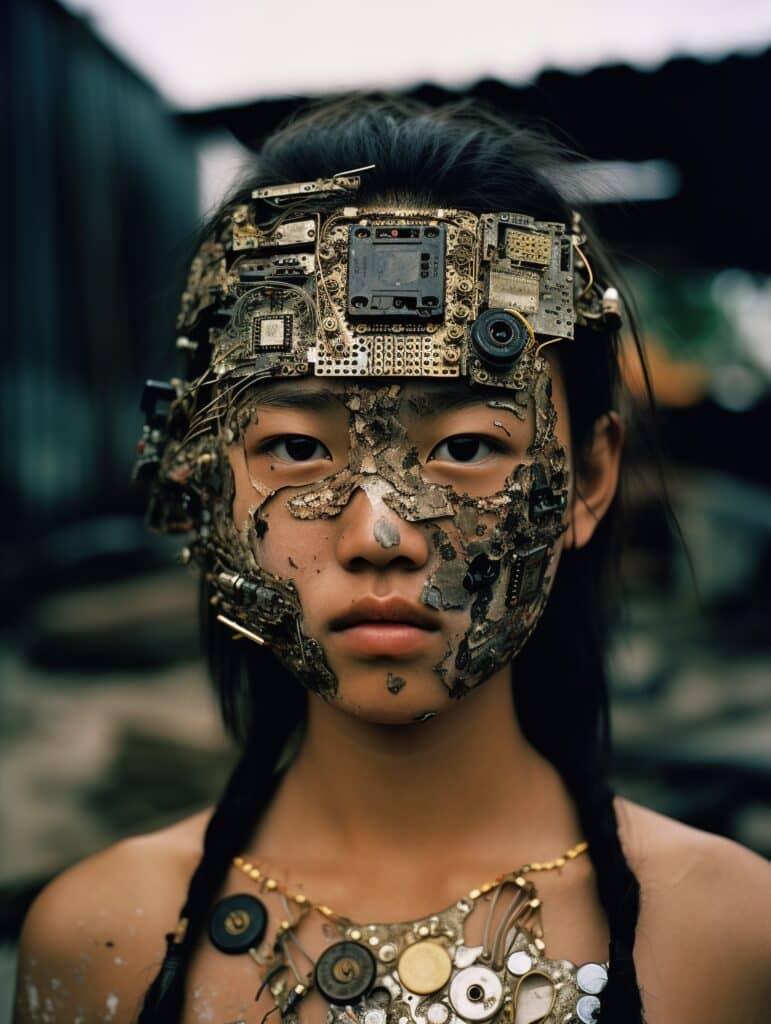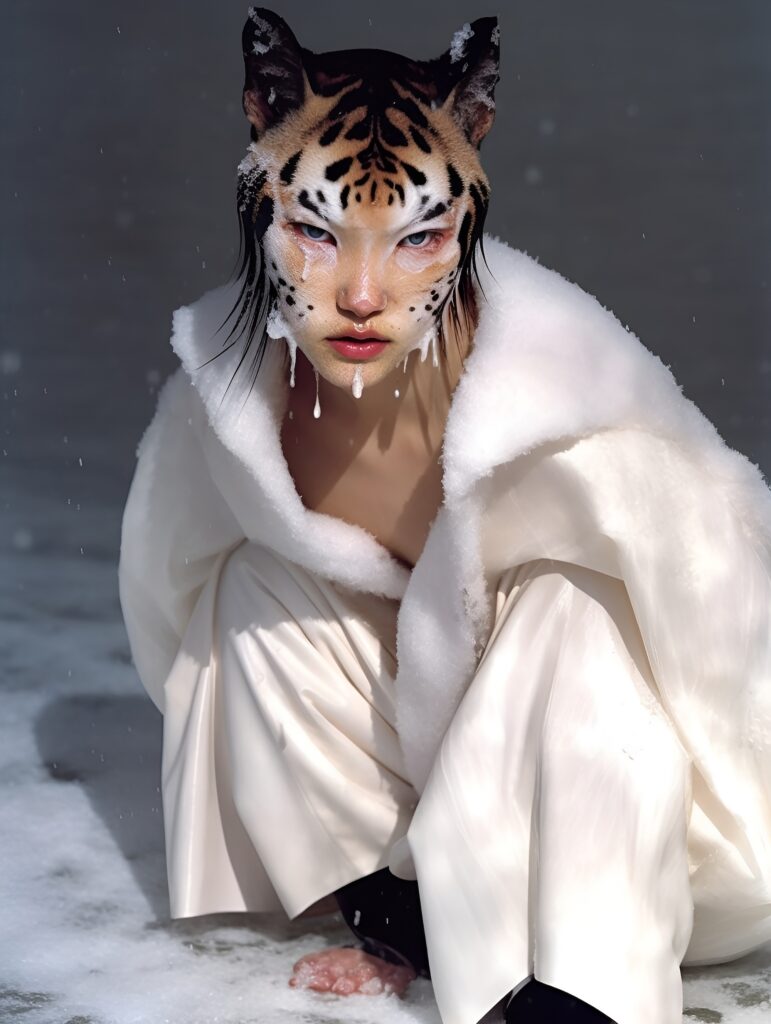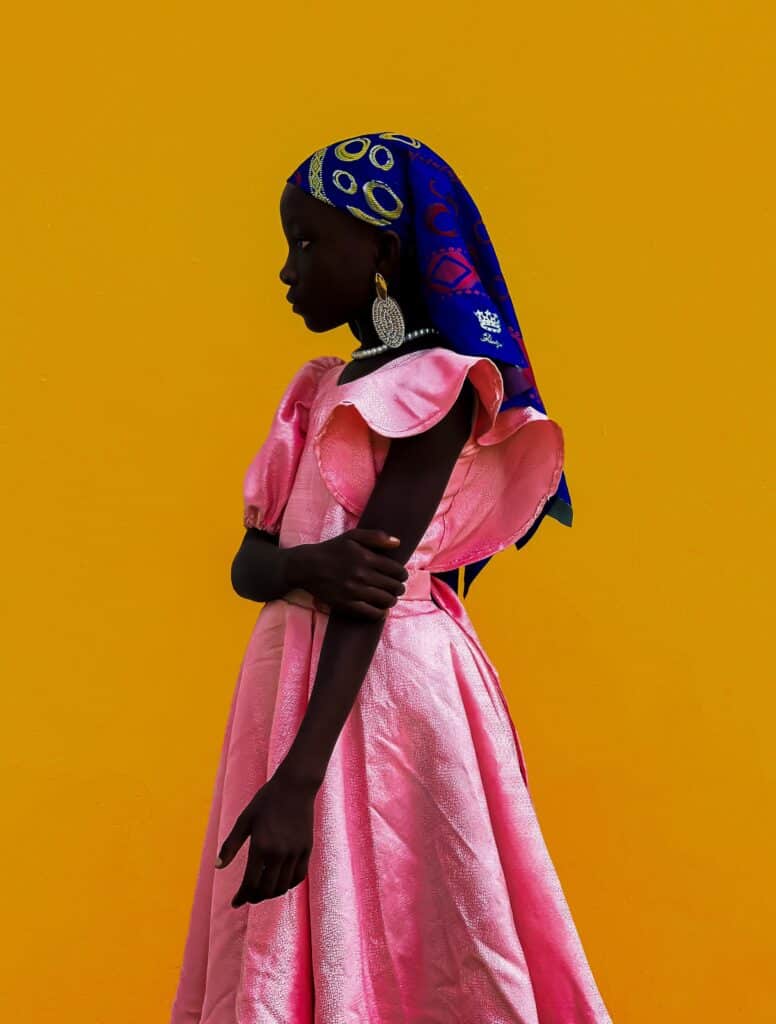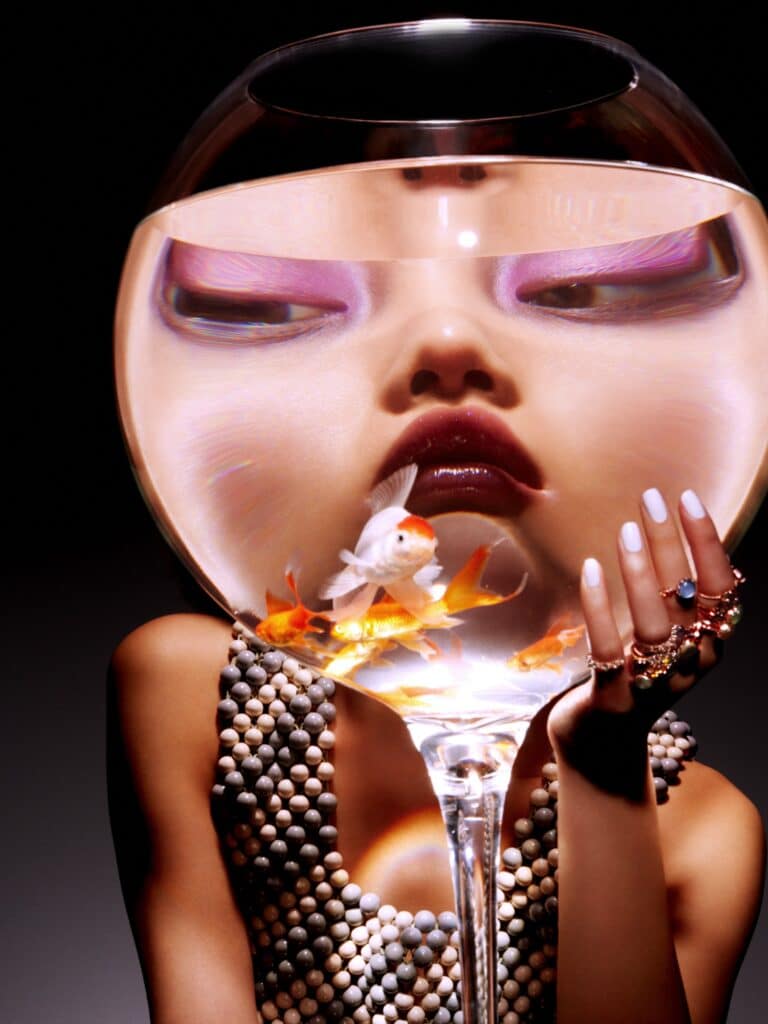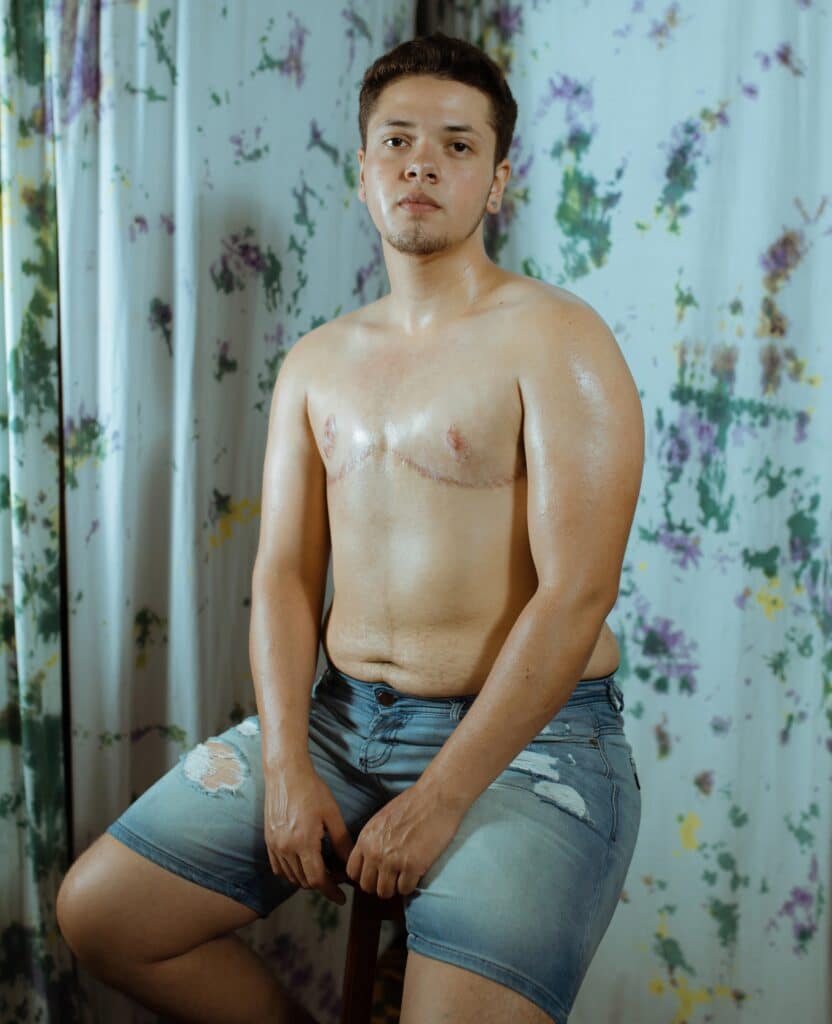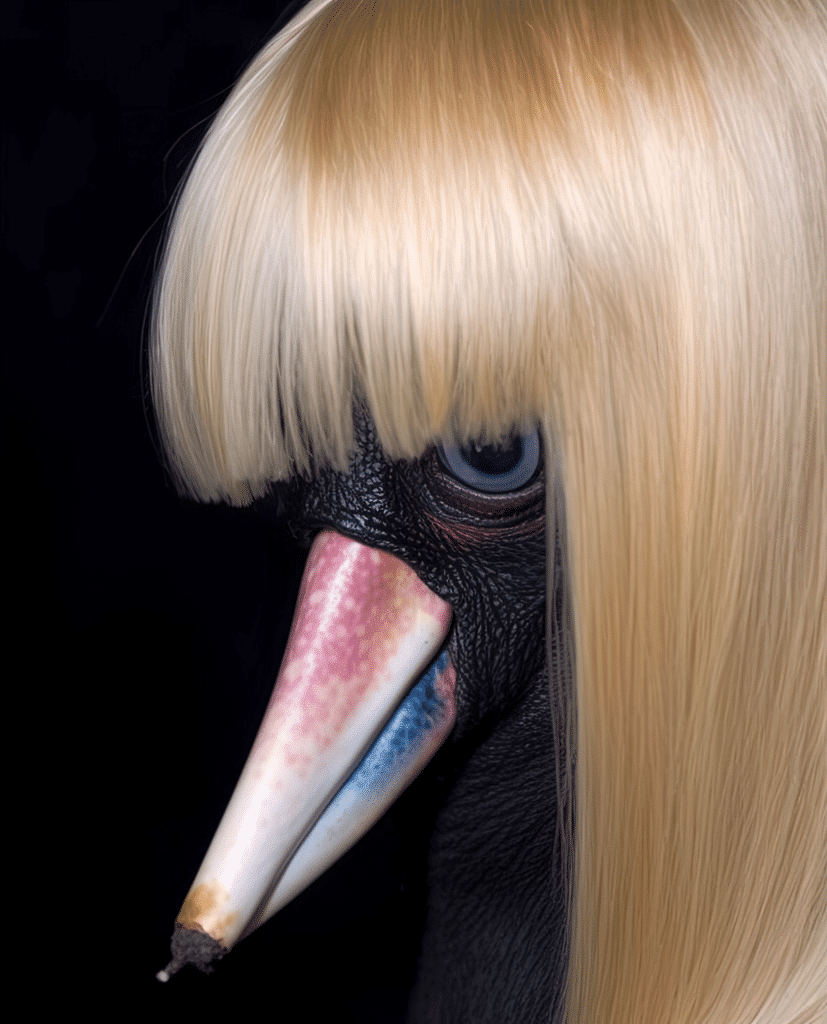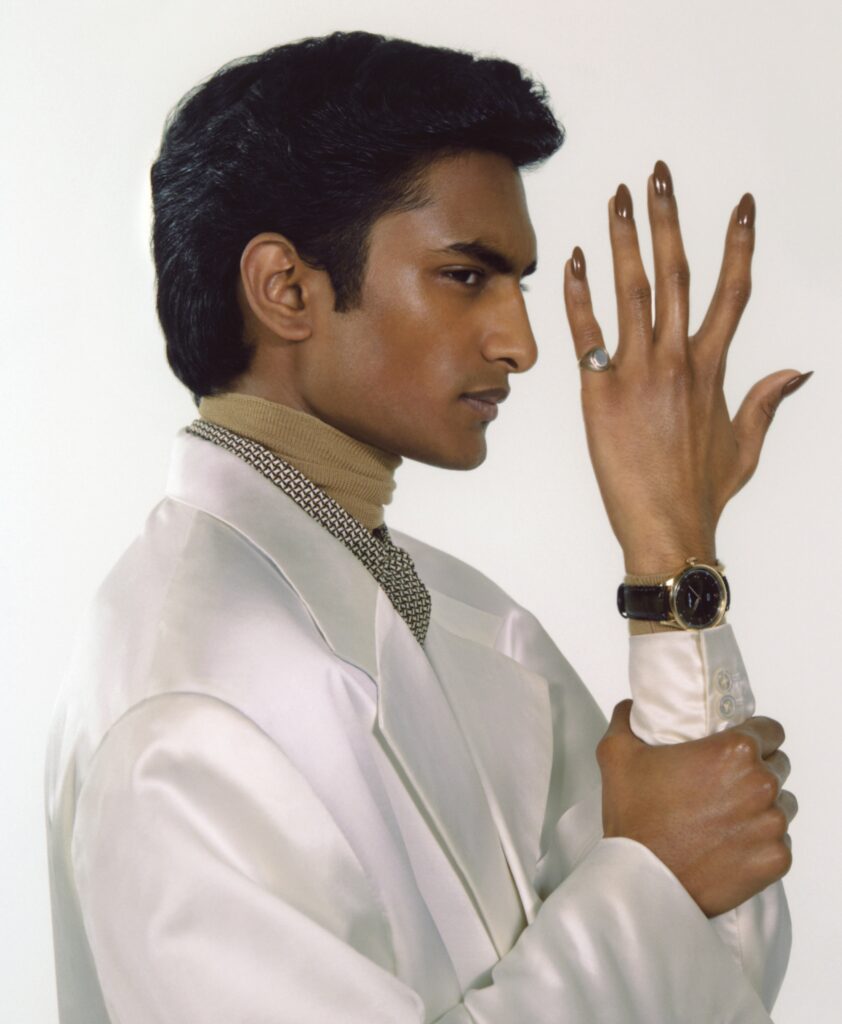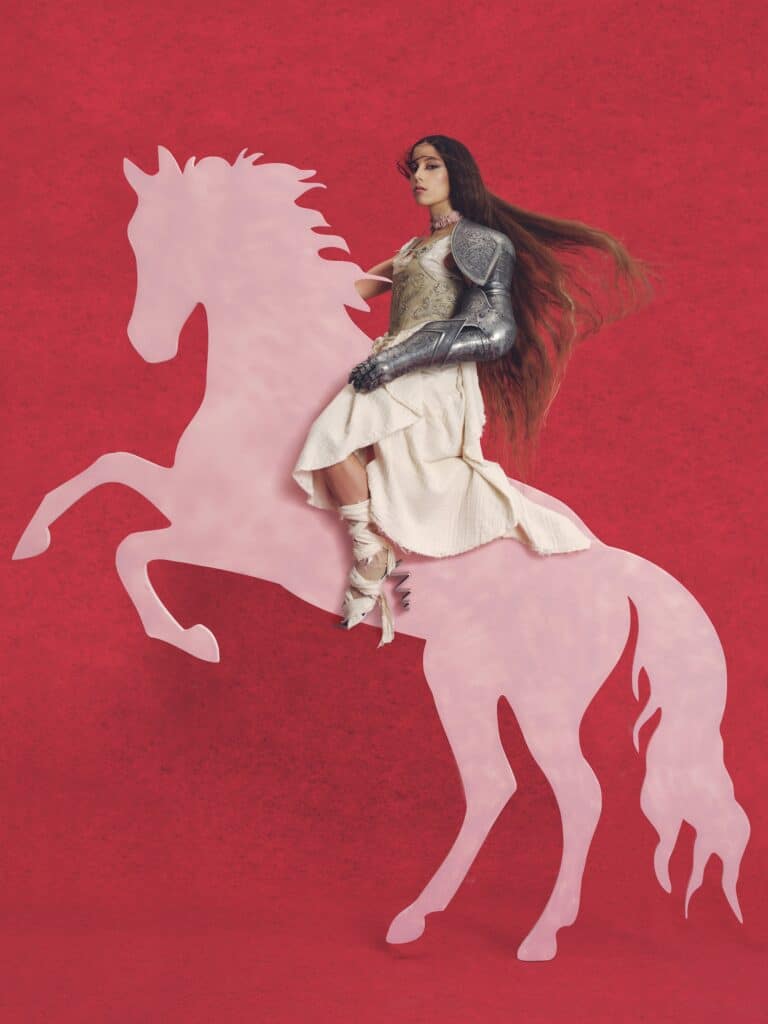On its eighth edition titled What Make Us Human? Image in the Age of A.I. (16-19 November), the PhotoVogue Festival returned to BASE Milano to examine the relationship between ethics and aesthetics in photographic production. Following the success of the 2022 edition, which investigated how the ubiquity of images influences our ability to understand and relate to the world around us, this year’s event hosted seven exhibitions and a three-days symposium, featuring international experts and thought-leaders in the field of technology and artificial intelligence, inaugurated by Refik Anadol’s lectio magistralis on the role of data in his interdisciplinary practice.
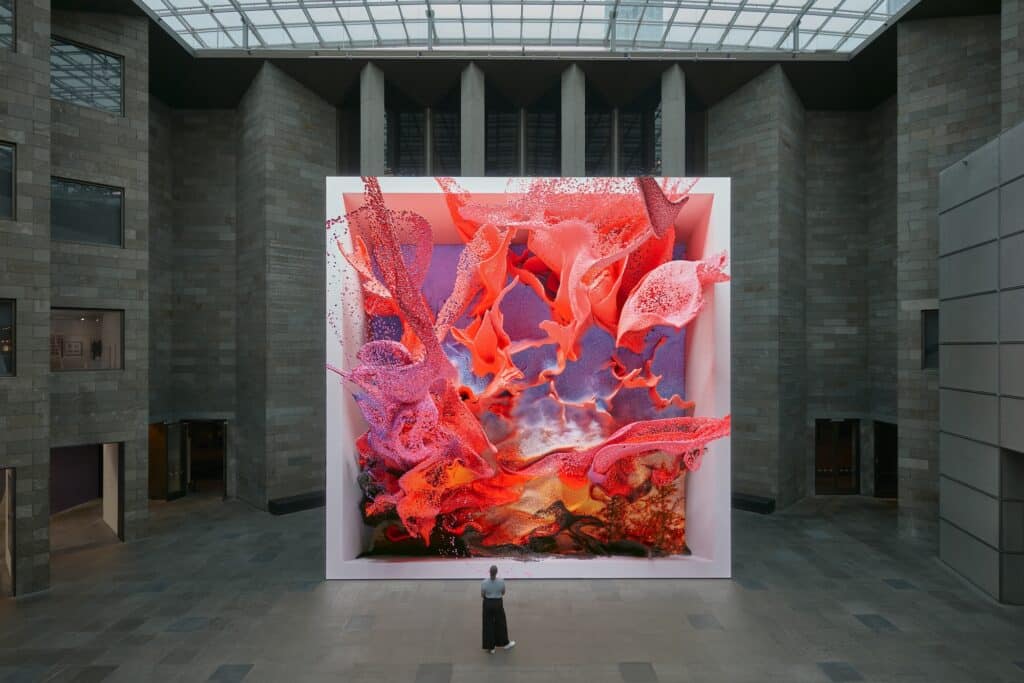
“There is no such thing as AI photography, that is not photography, it’s synthetic imagery. If we call it photography, we’re lazy and we make mistakes”
Fred Ritchin
A standout of this series of talks was Fred Ritchin’s panel – A.I., Photography, and our Futures – in which the Dean Emeritus of the School at New York’s International Center of Photography provided the audience with an alarming overview of the risks associated with synthetic image-making, in terms of credibility of the photographic medium and historical revisionism.
“In terms of photojournalism it’s a loss of reality. And if you have no reality, you cannot have a democracy because you never know what is really going on. Usually, what happens after that is dictatorships win. In terms of art, fashion, and science, the AI can do incredible, wonderful things. But we must also be careful with the vocabulary. There is no such thing as AI photography, that is not photography, it’s synthetic imagery. If we call it photography, we’re lazy and we make mistakes,” explained Ritchin at the festival’s opening press conference.
According to the former picture editor of The New York Times Magazine, images have always been a reliable mirror of reality that allowed people to become aware of what was happening around the world. “The current Israeli-Palestinian conflict is the one with the most media coverage in history, but at the same time the one we know the least about as we struggle to distinguish truth from falsehood”, he claimed.
Welcome to the virtual dimension
The exhibitions Uncunny Atlas: Image in the Age of AI and Eternal Loops, in collaboration with Fellowship, were fascinating – and at times disturbing – journeys through the realm of technology and its most astonishing advancements, whose stages are the numerous and always different points of contact with human creativity.
In an era in which many aspects of human life are consumed online, photography is also shifting towards an increasingly virtual dimension, where boundaries fade and new narratives emerge. This is the case of the Exhibit-AI project which, through the synthetic generation of images, gives voice to hundreds of refugees who have experienced psychological and verbal abuse, physical assaults, and discrimination within the Australian detention camps on the Nauru and Manus islands, where the access for journalists and video equipment was severely restricted.
A similar work was presented by Michael Christopher Brown, “one of the greatest living photojournalists,” according to the curator Chiara Bardelli Nonino, famous for his reportage on the Libyan revolution and for his choice to use his iPhone as a photographic tool, for which he was much criticized. Exactly as it was criticized for his project 90 Miles, which translates the narratives revolving around the largest exodus from Cuba to Florida into photographic looking imagery, showcasing the ingenuity of Cubans in building rafts with makeshift objects.
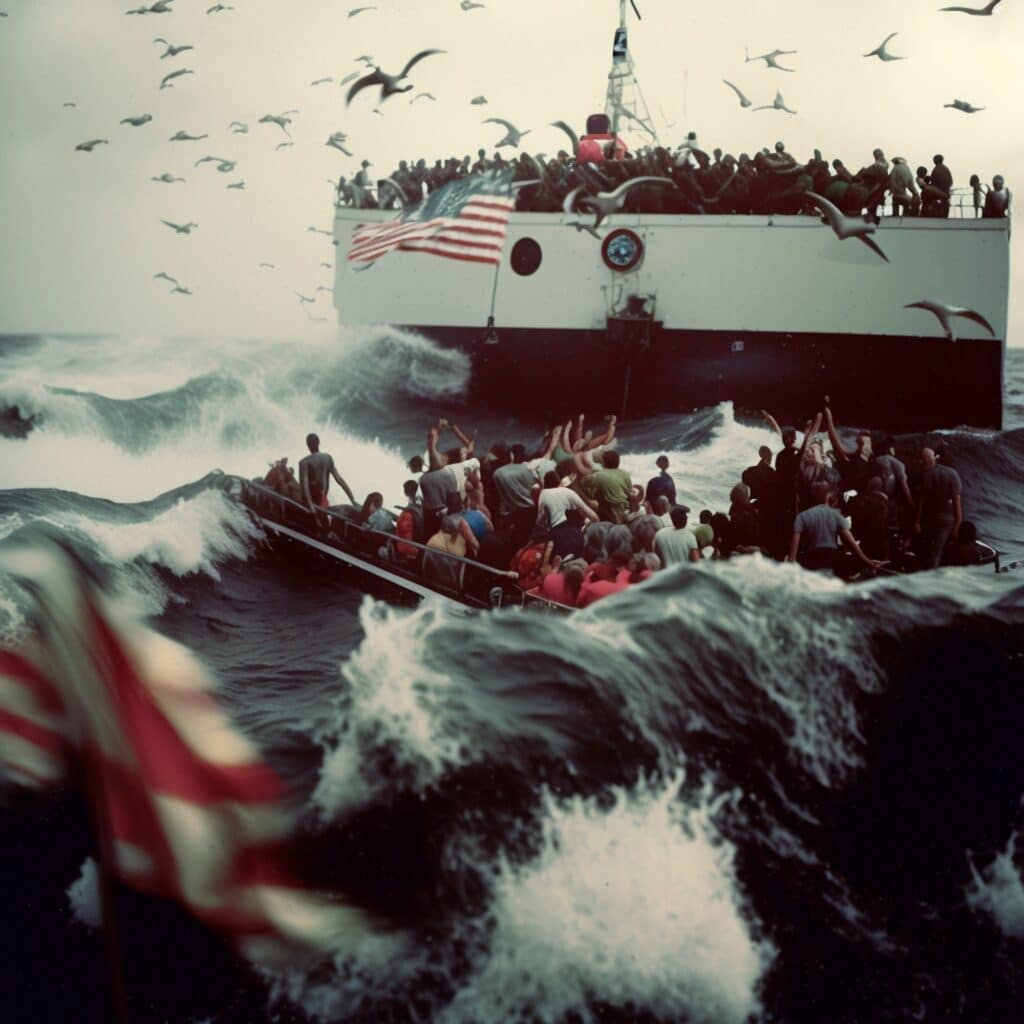
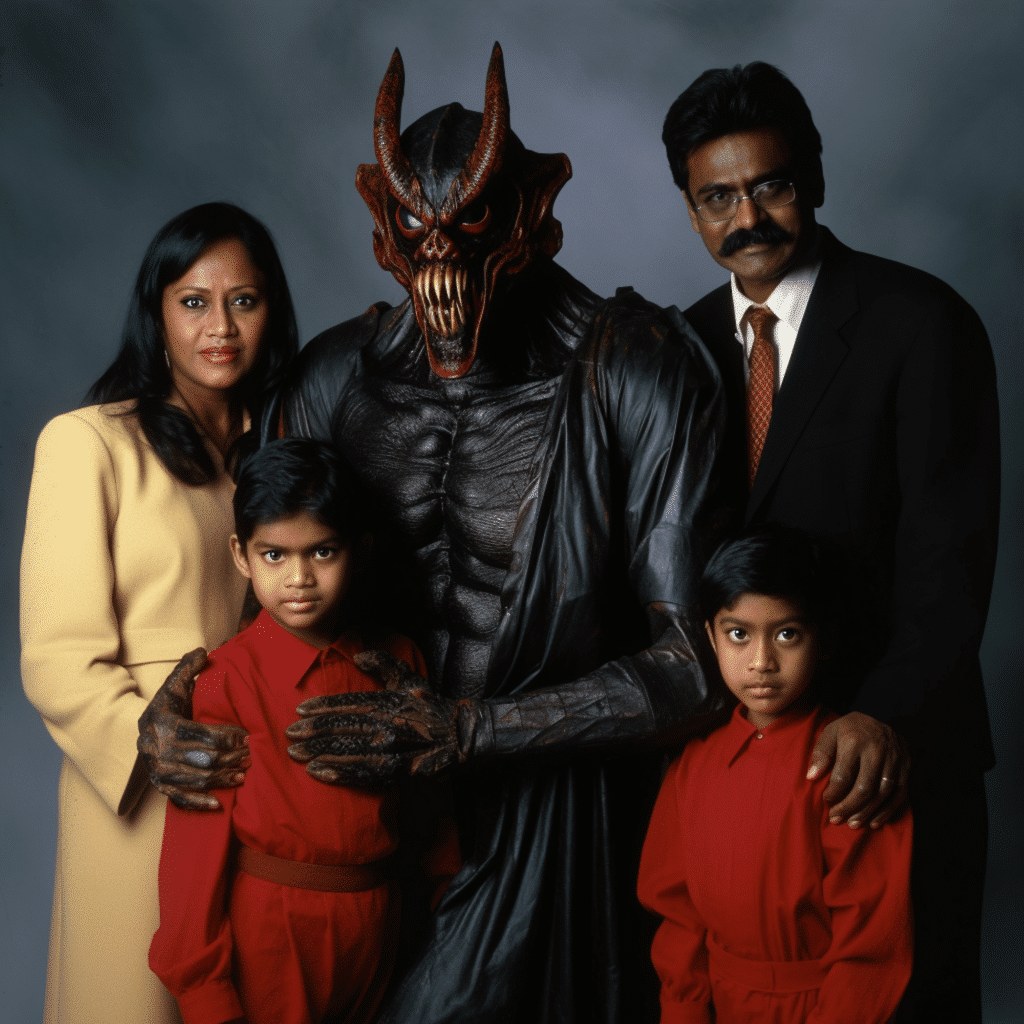
Uncanny Atlas also showcased the risks of technology, such as the proliferation of fake news and deepfakes. Nothing new in the history of photography, but still difficult to identify, according to Paolo Bestagni – Assistant Professor at the Image and Sound Processing Lab, Politecnico di Milano. As he explained in his talk on methods to stem the spread of fake and misleading images, the only reliable tool to date is multimedia forensics.
As is well known, each image has its own digital history, a set of information linked to the type of camera employed, the sensor, and the sequence of processing to which each image is subjected; when images are digitally manipulated, these characteristics are altered or erased, allowing multimedia forensics algorithms to detect falsehoods.
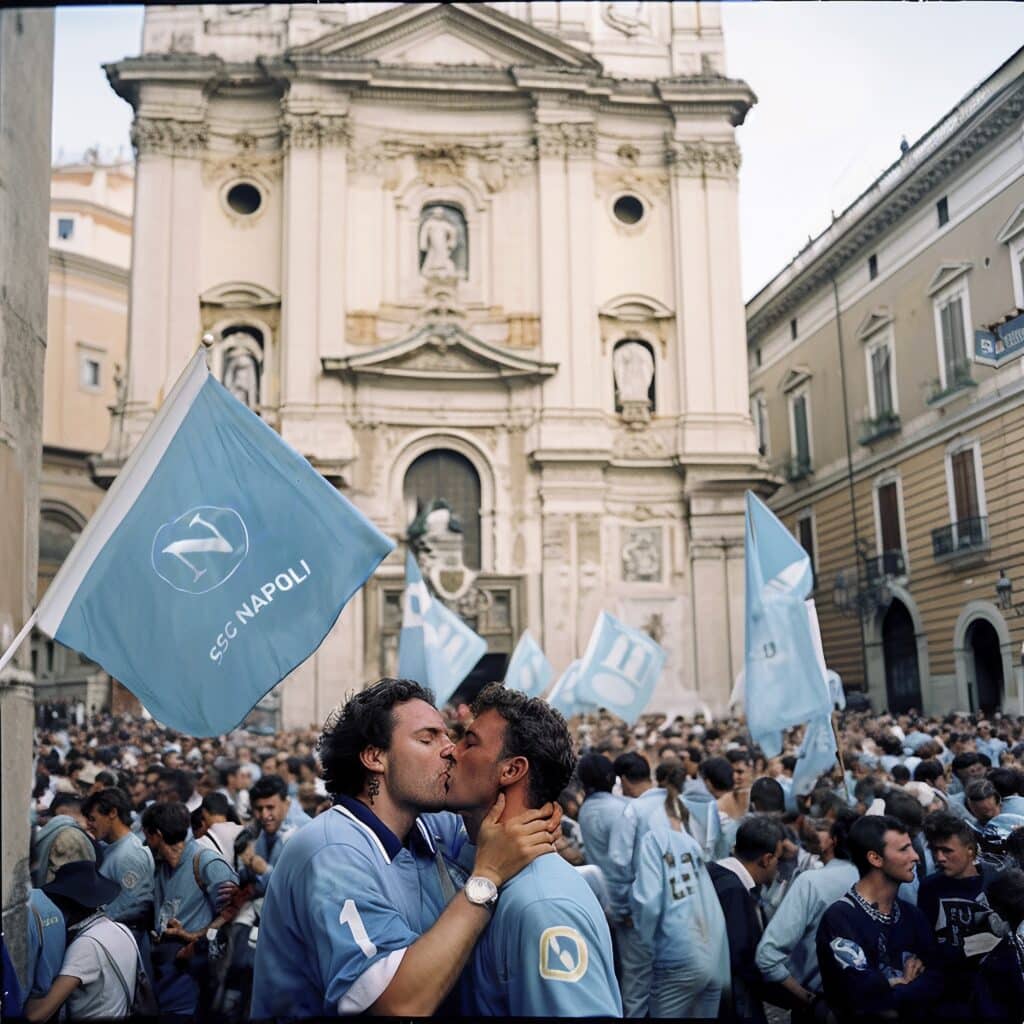
Digital Beauty
Born as the first conscious fashion photography festival, also this year PhotoVogue has given ample space to the topic of beauty through three exhibitions: What is Beauty?, What is Beauty? A.I., and Spanish Women: a Contemporary Portrait of Strength and Beauty, the remarkable result of PhotoVogue’s inaugural Open Call in Spain, in collaboration with PHotoESPAÑA.
What is Beauty? was a lively, authentic celebration of diversity, masterfully expressed by the shots of 40 international artists, such as Sarfo Emmanel Annor’s colorful portraits of African women, or those of Luisa Lauxen Dörr and Irina Werning, paying homage to Latin traditions and iconography. But also, the diversity of bodies, which manifests itself through physical malformations, disabilities, and body shapes. On the other hand, What is Beauty?A.I. showcased the biases of this technology and of its image generation engines, but also the human biases through which we see others and even ourselves, as in The Extreme Selfie by Andrea Baioni, a large collection of data on the dysmorphia of the self.
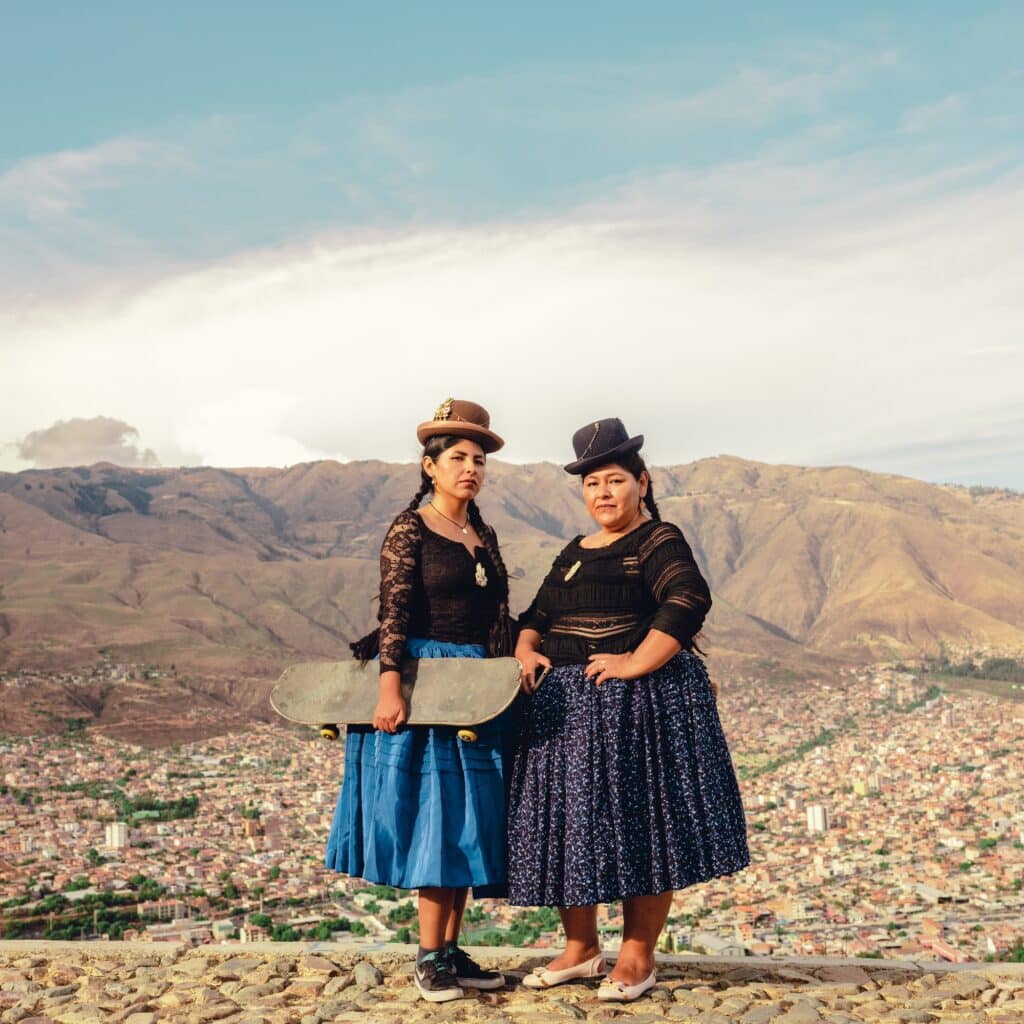
How far can machines go?
“I like to see AI as a tool, not something that the machine does independently, as the final choice always belongs to humans”
Guido Castagnoli
The projects exhibited in this section – some surreal, others hyper-realistic – opened up great questions about the future of art and of the artist’s role, to which the photographer Guido Castagnoli – on display with The Garden of Eden – thus responds: “When photography arrived in 1820, it drew the wrath of painters, and it took a long time to be accepted. Recently an American judge ruled that AI generated images cannot be copyrighted because there is no authorship. But if you think about it, the camera is also a machine, the photographer simply chooses the subjects. I like to see AI as a tool, not something that the machine does independently, as the final choice always belongs to humans”.
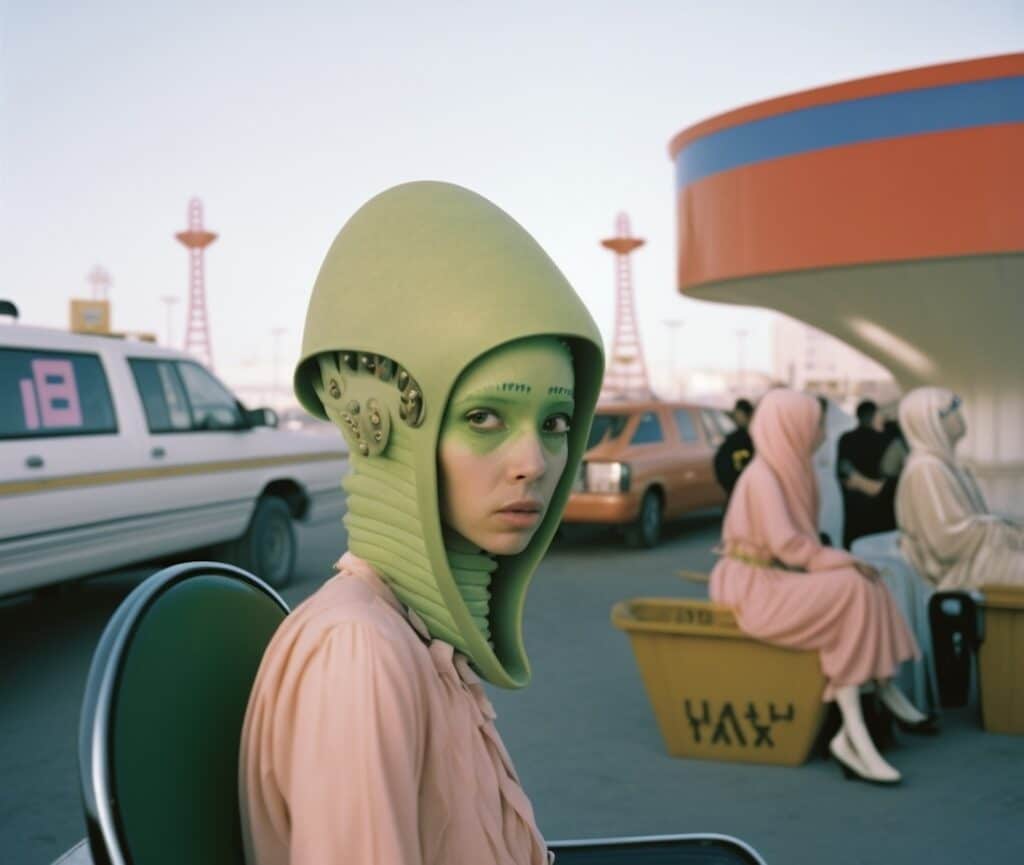
Authorship and copyright are shady areas that governments are struggling to regulate. So far, EU is the only place in the world to have drafted a comprehensive AI law, called EU AI Act. During the talk Artificial Intelligence, ethics and law: can EU regulations protect humanity?, Italian lawyer and Member of the European Commission’s Expert Group on AI and Data in Education and Trading, Guido Noto La Diega set out the key requirements for an AI system to be ethical, focusing on intellectual property issues: “Transparency means to ask what kind of data has been used to train the machine that has created allegedly automatically these beautiful pictures. Because chances are that it has been trained by contents protected by copyright, and nobody compensated the author for this activity or even asked for their permission”.
Between philosophical debates and technical issues, PhotoVogue Festival reconfirmed itself as a hybrid platform of discovery, reflection, and entertainment, where photography is not only a window on the world, but also a training ground for empathy capable of triggering relationships and strengthening communities.
Things that humanity needs today more than ever according to Alessia Glaviano – Head of Global PhotoVogue: “We once said that human beings were distinguished from animals by their rationality and ability to make calculations. Now that machines have become much better at this than us, there is a return to the emotional sphere. But when will machines become legal entities? Can machines suffer? Do they have self-awareness? What does it even mean to have self-awareness?”. Perhaps a single, exhaustive definition of humanity doesn’t exist yet, but it is certainly our duty to find our own interpretation and try to behave accordingly.

